Weathering and Erosion Worksheets 4th Grade
Weathering and erosion are important concepts for 4th graders to understand in their science curriculum. Worksheets can be a helpful tool for reinforcing and assessing student knowledge on these topics. By providing practice questions and activities, worksheets allow students to engage with the material and solidify their understanding of weathering and erosion.
Table of Images 👆
- Weathering and Erosion Worksheets 3rd Grade
- Free Weathering and Erosion Worksheets
- 3 Grade Science Worksheets
- 4th Grade Science Worksheets Simple Machines
- Weathering and Erosion Worksheet
- Weathering and Erosion Worksheet
- Weathering and Erosion Worksheets 5th Grade
- Weathering and Erosion Worksheet Activity
- Weathering and Erosion Worksheets 3rd Grade
More 4th Grade Worksheets
4th Grade Elapsed Time WorksheetsIrregular Plural Worksheets 4th Grade
Writing 4th Grade Reading Worksheets
Rotational Symmetry Worksheets 4th Grade
Simple Circuit Worksheets 4th Grade
Fourth Grade Reading Comprehension Worksheets
Long Division with Remainders Worksheets 4th Grade
4th Grade Spelling Worksheets Printable
Printable Adjective Worksheets 4th Grade
Fourth Grade Reading Comp Worksheets
What is weathering?
Weathering is the process by which rocks, minerals, and soils are broken down and dissolved by the elements of weather, such as rain, temperature fluctuations, and wind. It is a natural process that can be physical, chemical, or biological in nature and plays a key role in shaping the Earth's surface over time.
What are the two types of weathering?
The two main types of weathering are mechanical weathering, which involves the physical breakdown of rocks into smaller pieces without changing their chemical composition, and chemical weathering, which involves the decomposition of rocks through chemical reactions that alter their mineral composition.
What causes mechanical weathering?
Mechanical weathering is caused by physical processes that break down rocks into smaller pieces without changing their chemical composition. This can include processes like frost wedging, root wedging, abrasion from wind or water, and thermal expansion/contraction due to temperature changes. Overall, these physical forces slowly break rocks apart, leading to the disintegration and erosion of rock materials.
What causes chemical weathering?
Chemical weathering is caused by chemical reactions that break down rocks and minerals through processes such as oxidation, hydrolysis, and dissolution. Water, air, and acids derived from plant roots or biochemical reactions can all play a role in chemical weathering by altering the chemical composition of rocks and minerals over time.
How does freezing and thawing contribute to weathering?
Freezing and thawing contribute to weathering by causing mechanical weathering through a process known as frost action. When water infiltrates cracks in rocks and then freezes, it expands, creating pressure that can eventually widen the cracks. As the ice thaws, the water flows deeper into the cracks, repeating the cycle and further breaking down the rock. This continuous process of freezing and thawing weakens the rock over time, eventually causing it to break apart into smaller pieces through frost wedging, a type of mechanical weathering.
What is erosion?
Erosion is the process by which soil and rock are gradually worn away by the action of water, wind, or other natural forces. This can occur over long periods of time, leading to changes in the landscape and landforms as materials are transported and deposited elsewhere. Erosion can have both positive effects, such as shaping the Earth's surface, as well as negative impacts, such as loss of fertile soil and destruction of habitats.
What are the agents of erosion?
The agents of erosion include water, wind, ice, and gravity. These agents work to move particles and break down rocks, wearing away at the Earth's surface over time.
How does water contribute to erosion?
Water contributes to erosion through the processes of hydraulic action, abrasion, corrosion, and attrition. Hydraulic action involves the force of water against rocks, dislodging and carrying them away. Abrasion occurs when waterborne sediments wear away rocks and surfaces they come into contact with. Corrosion involves the chemical breakdown of rock materials by water, especially in the presence of acids. Finally, attrition occurs when sediments carried by water collide and break into smaller pieces, further aiding in the erosion process.
What is the role of wind in erosion?
Wind plays a significant role in erosion by transporting sediment and abrasive particles across landscapes. As the wind picks up velocity, it can carry sand, silt, and dust particles, which can then abrade and erode surfaces like rocks, soil, and even buildings. This process, known as aeolian erosion, can shape rocks, carve landforms like sand dunes, and contribute to the overall reshaping of landscapes over time.
How does gravity play a part in erosion?
Gravity plays a significant role in erosion by pulling rocks and sediment downhill, causing them to move and be transported by wind, ice, water, or mass wasting processes such as landslides and rockfalls. This gravitational force accelerates erosion by helping to dislodge and mobilize particles, which then wear away and shape the Earth's surface over time.
Have something to share?
Who is Worksheeto?
At Worksheeto, we are committed to delivering an extensive and varied portfolio of superior quality worksheets, designed to address the educational demands of students, educators, and parents.

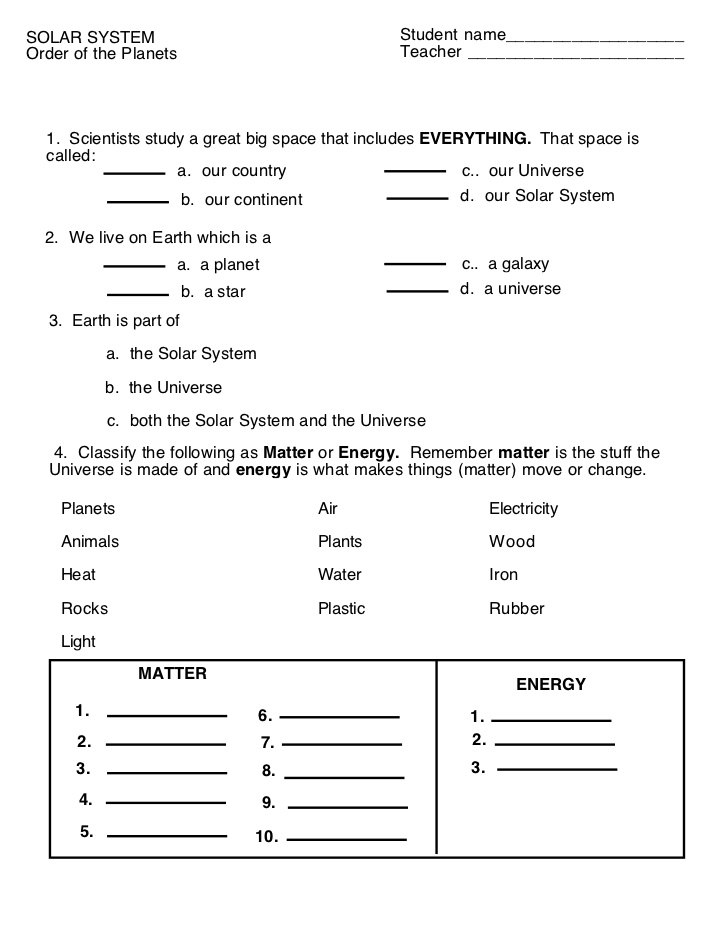



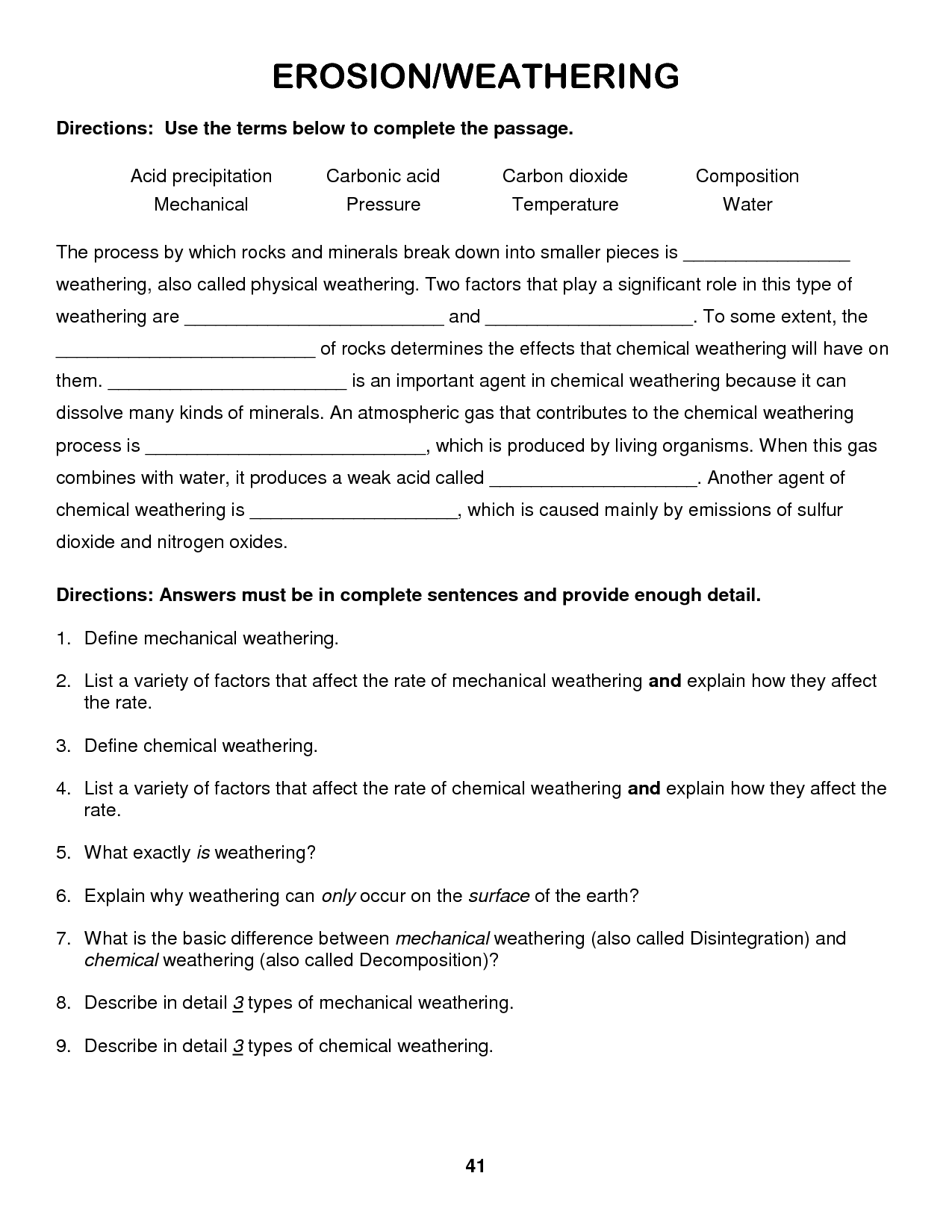
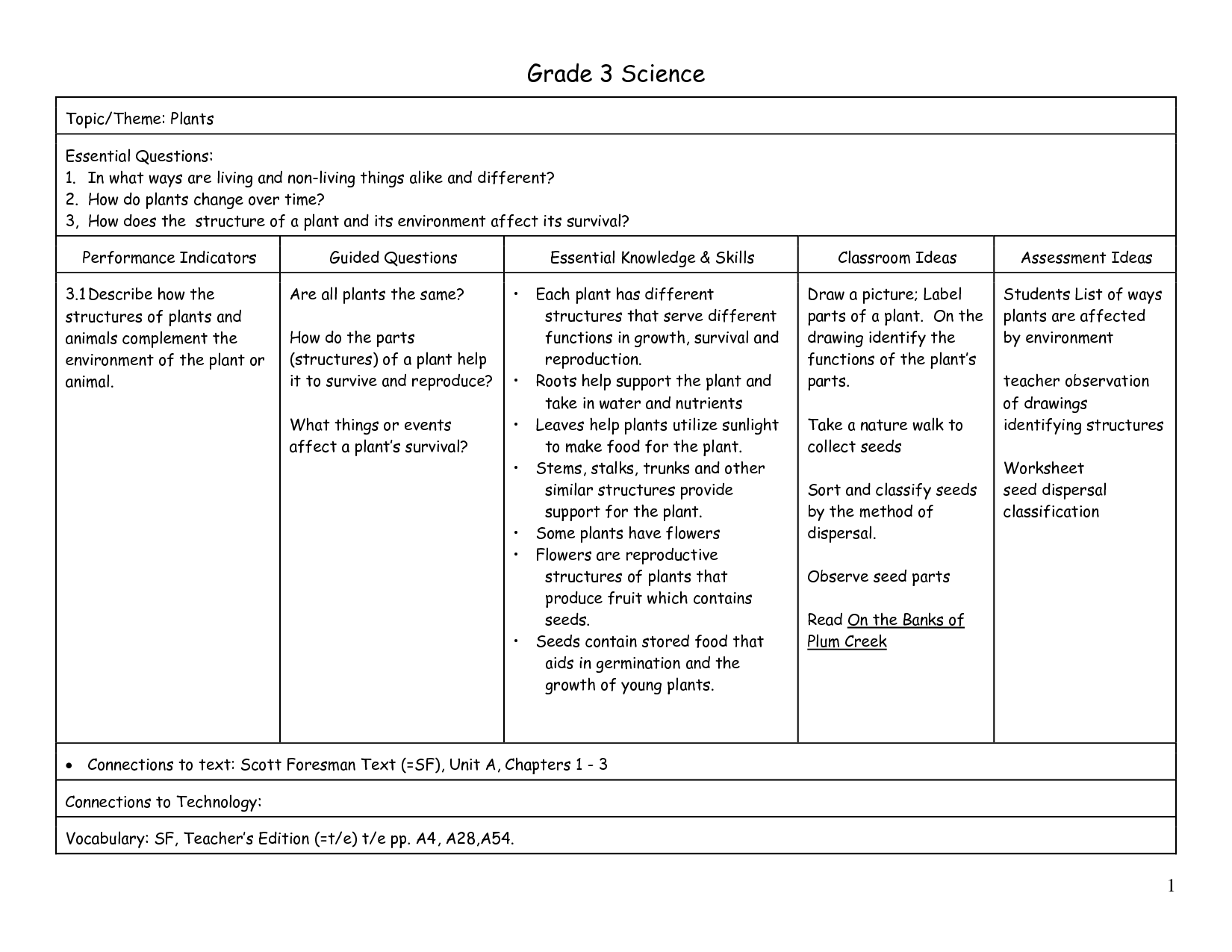
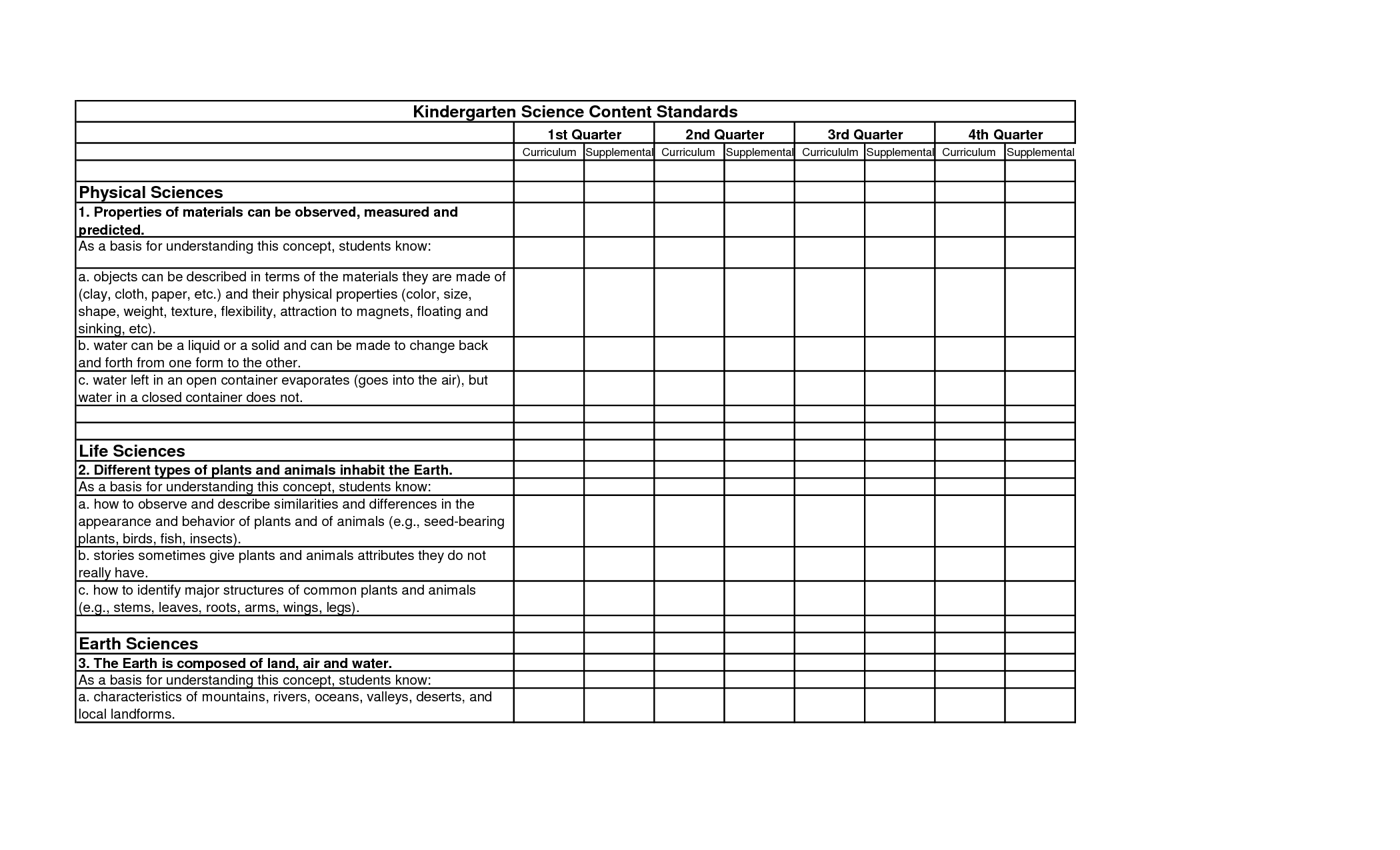
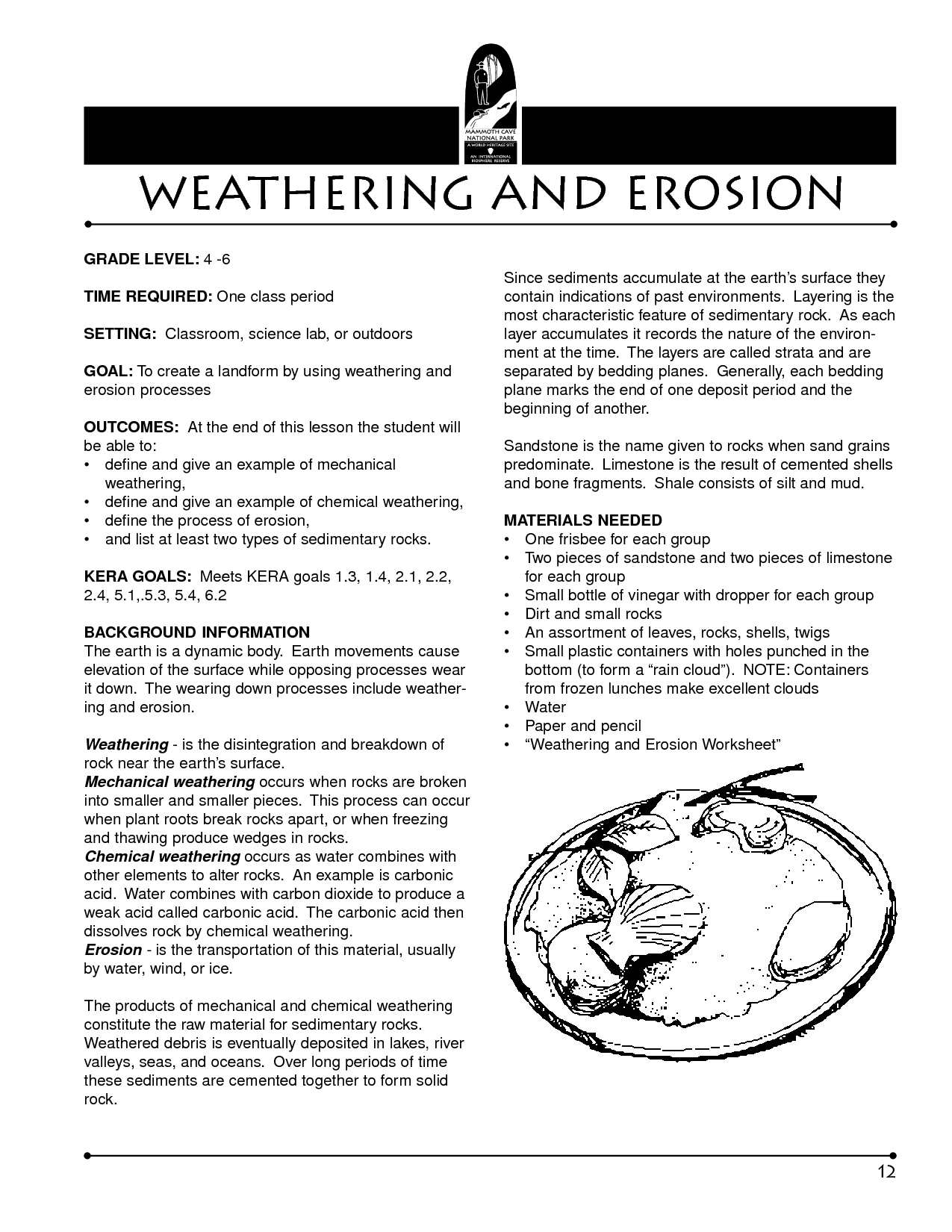
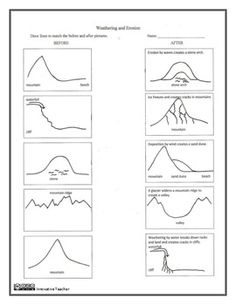
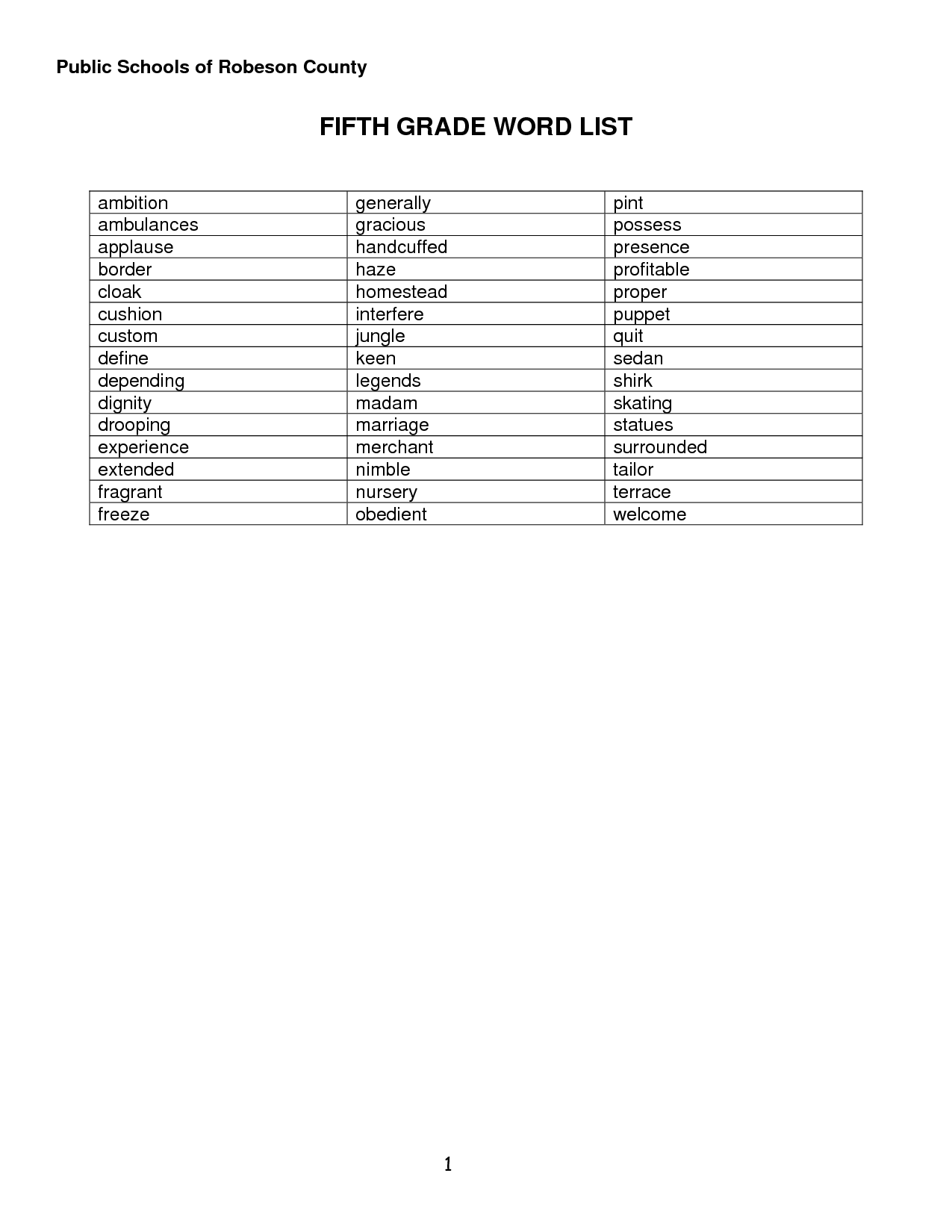
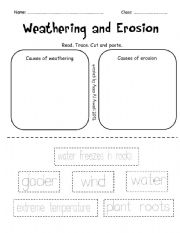
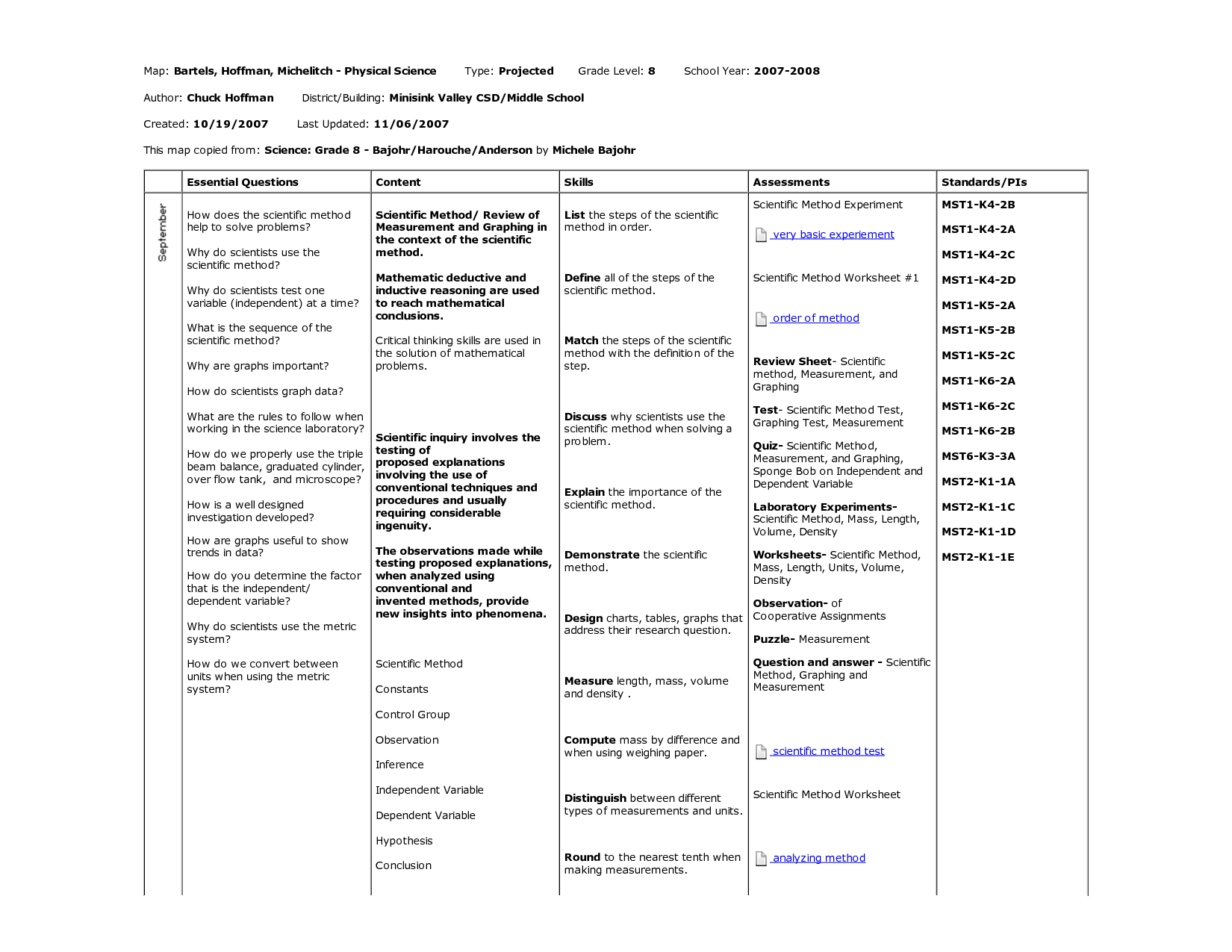








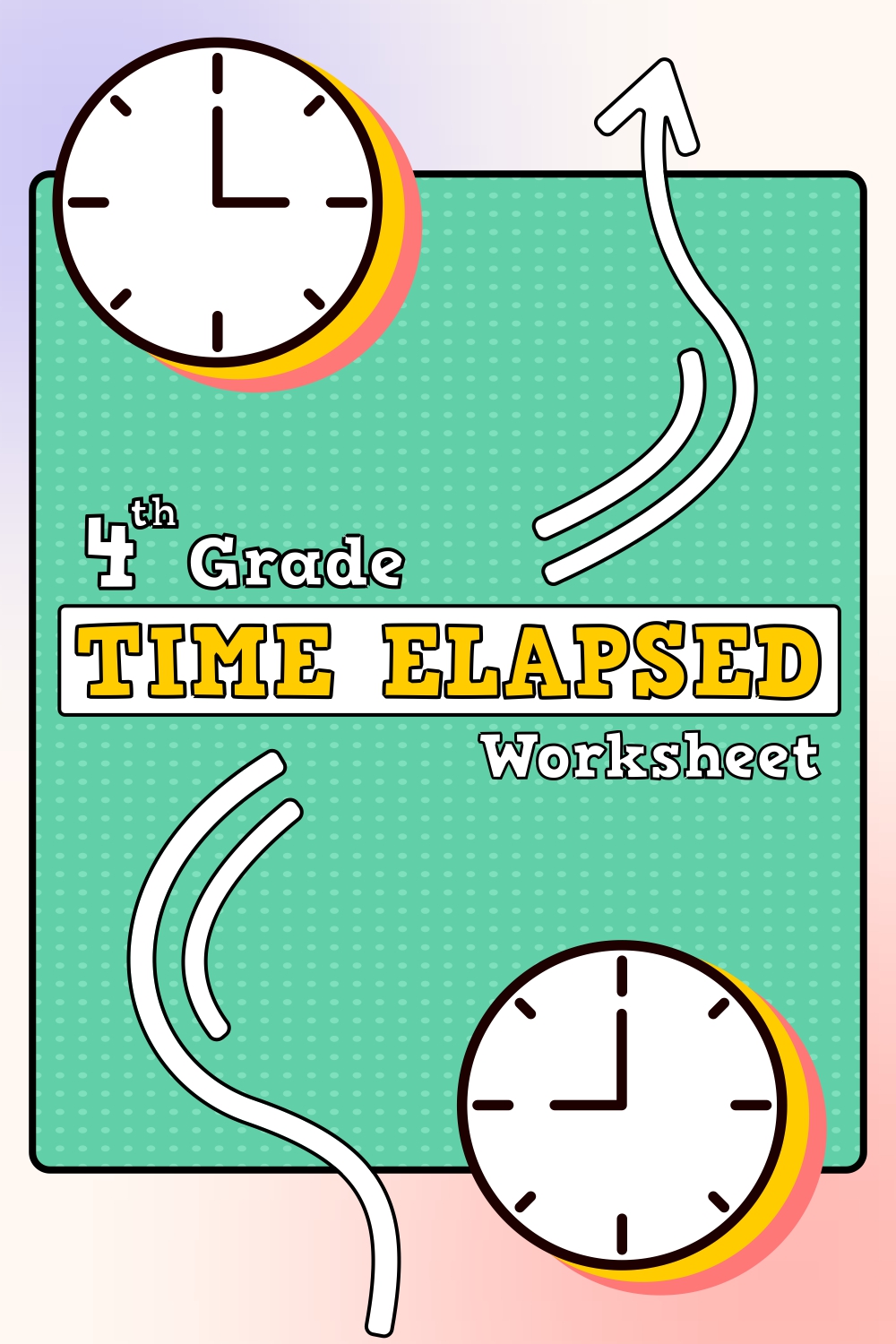
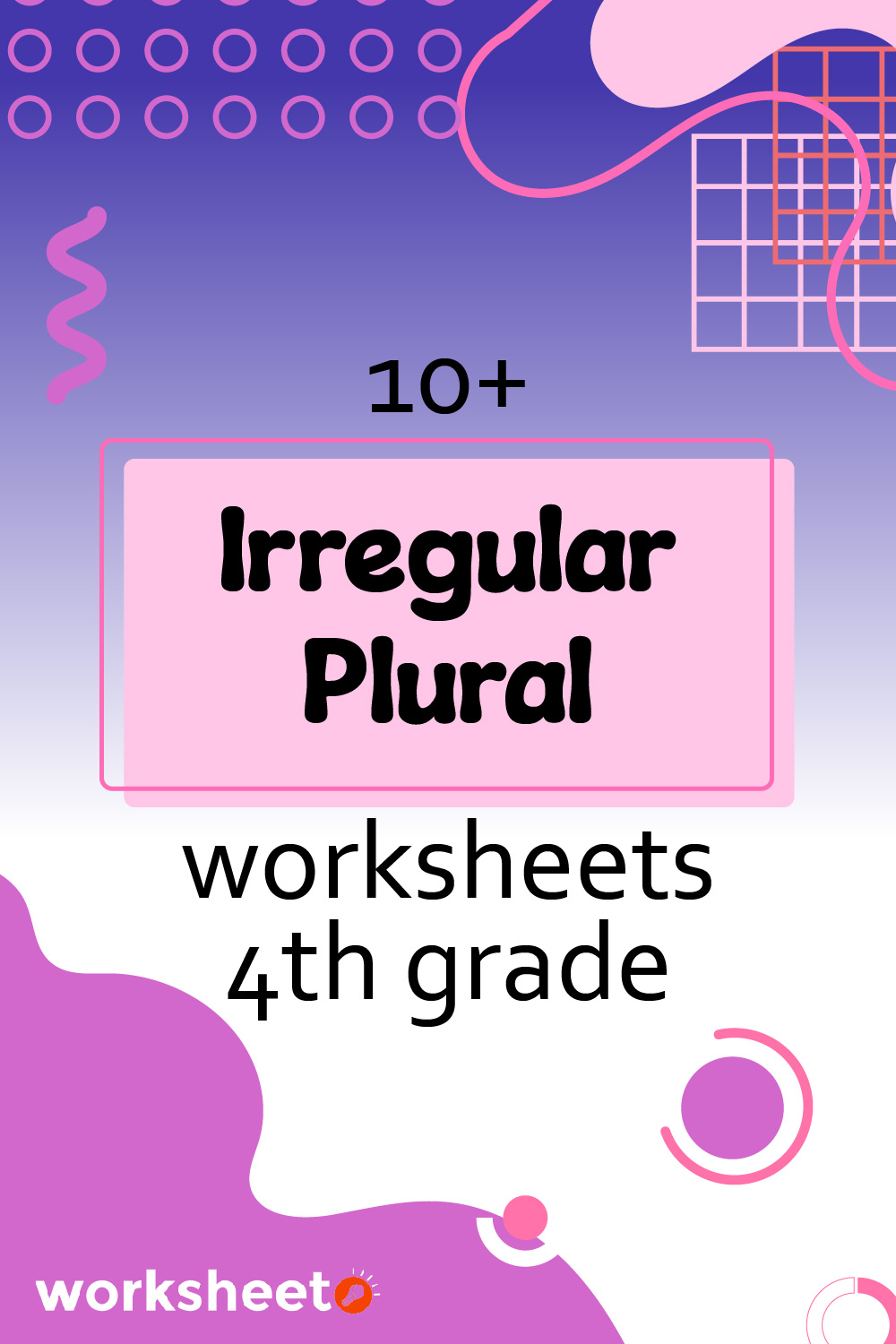



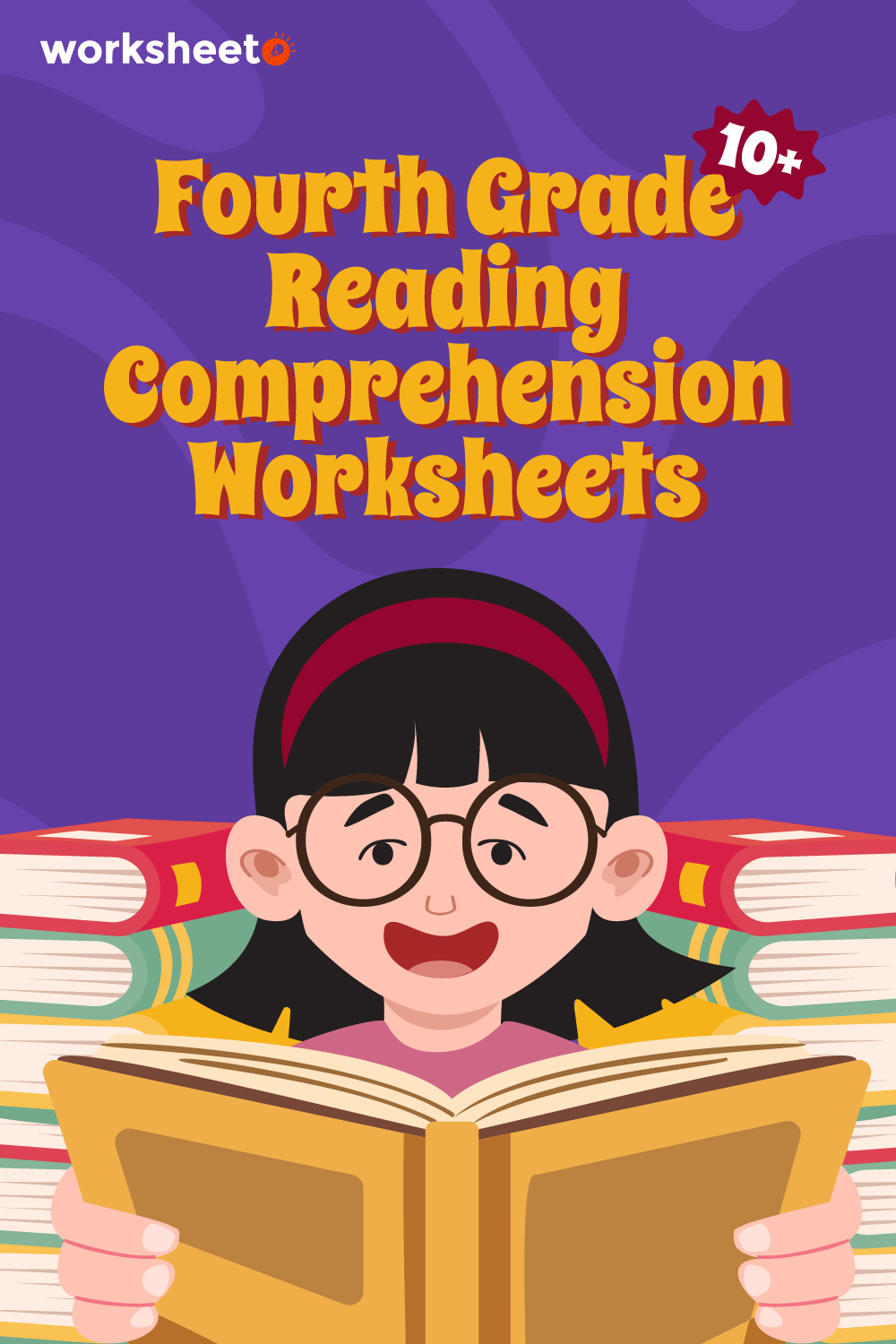
Comments